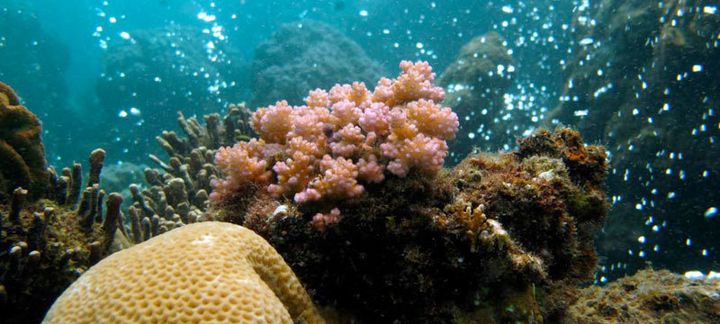Analysis of “Twenty Years of Ecosystem Services: How Far Have We Come and How Far Do We Still Need to Go?”

What will the future look like? What would we give to know? To envision ways forward, we can rely on creativity or science. Much faith is in the latter, and it is the best short-term tool we have when we have few visionaries who can imagine and act upon an imaginative transformational scenario that will take us there.
As we rethink who and how we are, we have begun to incorporate new tools and perspectives into our value equation. One such is “ecosystem services,” defined as the important benefits for human beings that arise from healthily functioning ecosystems, notably production of oxygen, soil, and water. Such things have not been typically included into our calculations of economic value in the 20th century, preferring to rely on such measurements as Gross Domestic Product and International Trade that do not include either the positive base value of natural resources or their negative loss from use or the social, financial, or long-range consequences of their ultimate exhaustion.
Thus new economic models derived by economist/scientists can provide us with new ways to look forward other than the outmoded, inadequate analyses of the past. In a June 2017 article in Ecosystem Services Journal, (26) by Professor Robert Costanza and others from the Crawford School of Public Policy, at the Australian National University, I found a presentation of four future scenarios worth sharing, as follows:
First, Market Forces, a continuation of the present market-driven world in which demographic, economic, environmental, and technological trends continue without major surprise. “Continuity, globalization, and convergence are key characteristics of world development — institutions gradually adjust without major rup0tures, international economic integration proceeds apace and the socio-economic patterns of poor regions converge slowly toward the development model of the rich region. Despite economic growth extreme income disparity between rich and poor countries, and between rich and poor within countries, remain a critical social trend. Environmental transformation and degradation are a progressively more significant factor in global affairs.”
Second, Fortress World: a deterioration of social, economic and moral underpinnings of civilization, as emerging problems overwhelm the coping capacity of both market and policy reforms, and featuring an authoritarian response to the threat of breakdown. “Ensconced in protective enclaves elites safeguard their privilege by controlling an impoverished majority and managing critical natural resources, while outside the fortress there is repression, environmental destruction and misery.”

Third, Policy Reform: the emergence of a strong political will for taking harmonized and rapid action to ensure a successful transition to a more equitable and environmentally resilient future. This scenario “explores the requirements for simultaneously achieving social and environmental sustainability goals under high economic growth conditions similar to those of Market Forces.”
And fourth, A Great Transition: visionary solutions to the sustainability challenge, including new socio-economic arrangements and fundamental changes in values. “This scenario depicts a transition to a society that preserves natural systems, provides high levels of welfare through material sufficiency and equitable distribution, and enjoys a strong sense of local solidarity.”

The study estimates that over the past two decades, the global value of ecosystem goods and services has been “significantly degraded,” a decline from 1990 to 2011 of some $125 trillion US per annum, an estimated measure of the outcome of continuing market force approach. Application of comparable statistics to the other scenario models through 2050 reveals continuing radical and more radical decline through Market Forces and Fortress World, a flat line continuity through Policy Reform, and a full restoration, indeed increase in value through Great Transition.
These visions are not that difficult to understand. We can see today and foresee tomorrow the outcomes of each. The ocean will play an enormous part in how we evolve. Which future would you choose?

PETER NEILL is founder and director of the World Ocean Observatory and is author of “The Once and Future Ocean: Notes Toward a New Hydraulic Society.”
